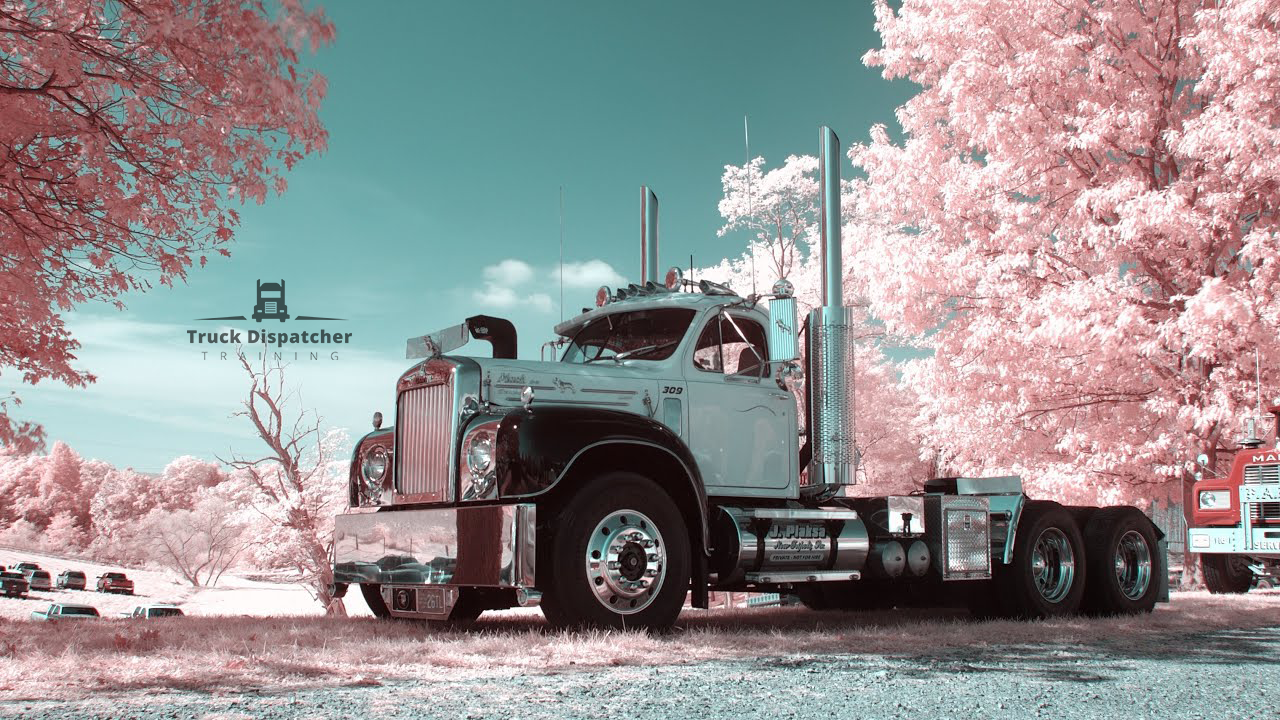
How a driver should sit behind the wheel
Young drivers tend to make the same mistake. Their bodies are in a tense state, and the arms are bent at the elbows when they drive a car. This behaviour of the trucker behind the wheel indicates a high degree of nervous tension and uncertainty. This constrains the actions of the driver when making turns, braking and giving signals.
Before getting behind the wheel of a car, the driver must set himself up for a long journey:
-
- Do exercises to relax the muscles of the neck. Uninhibited vertebrae of the cervical region allow the trucker to easily turn his head and quickly respond to traffic situations;
- Relax your arms and body. This will allow you to spend a long time behind the wheel tirelessly.
A trucker should always monitor his health and physical fitness. The fate of many road users and the safety of the entrusted cargo largely depend on the condition of the trucker on the road. Do not drive if you are tired or want to sleep. Stop and rest for an hour or two.
Before you embark on the road, put your workplace in order. Make sure you see the front wing from the neighbour’s side. If not, raise the seat to increase the view.
The trucker must sit up straight so that his back is tight against the seat. This enhances the contact with the car, the driver will instantly feel the loss of control and stability.
The driver’s legs should be free to reach the pedals, and the hands on the steering wheel should be slightly bent at the elbows (as shown in the picture below).
This is the most natural position of the driver, which requires minimal effort when working with the steering wheel, levers and pedals provides maximum visibility and does not allow to get tired during long-term work.

If the seat is located too far from the steering wheel, support for the back is lost, so its muscles are in constant tension. In addition, the main load, in this case, falls on the hands and weak muscles of the forearm, and the powerful shoulder muscles are not sufficiently used, since the amplitude of the movements decreases. Hands can get very tired and with insufficient or very large tilt steering. If the seat is located very far from the pedals, the truck driver will have to pull up to them, holding the steering wheel. This will prevent a sharp turn. In this position, visibility also deteriorates. Therefore, you should move the seat forward or put a special pillow of the desired thickness under your back.
If the seat is pushed forward too far, the truck driver will have to bend their legs, and this will complicate the work of the pedals. In this case, the hands are difficult to steer.
The back of the seat should have a certain inclination so that the weight of the body is properly distributed to the back and the seat, and the femoral muscles are as relaxed as possible. But the excessive inclination of the back causes the driver to be lounging.
In this case, the lower part of the spine, the muscles of the arms and neck are under intense stress. The muscles of the legs are also overloaded because they do not have normal support. At first glance, it seems that this is a comfortable fit, but the driver’s attention is reduced, and he gets tired quickly. On trucks, the seat back incline should be 97 ± 2 °.
Do you want to master the prestigious profession of a dispatcher? Get in touch with us!
Our latest posts

Start your own truck dispatch business with expert tips and tricks| Truck Dispatcher Training
In our new video, we dive into the exciting world of trucking logistics in the USA. Our host sits do...

Effective methods of self-development in your career
Self-development is a vital aspect of one’s career growth and overall well-being. In todayR...

Modern training methods for freight dispatchers
In the fast-paced world of modern freight transportation, dispatchers play a critical role in ensuri...